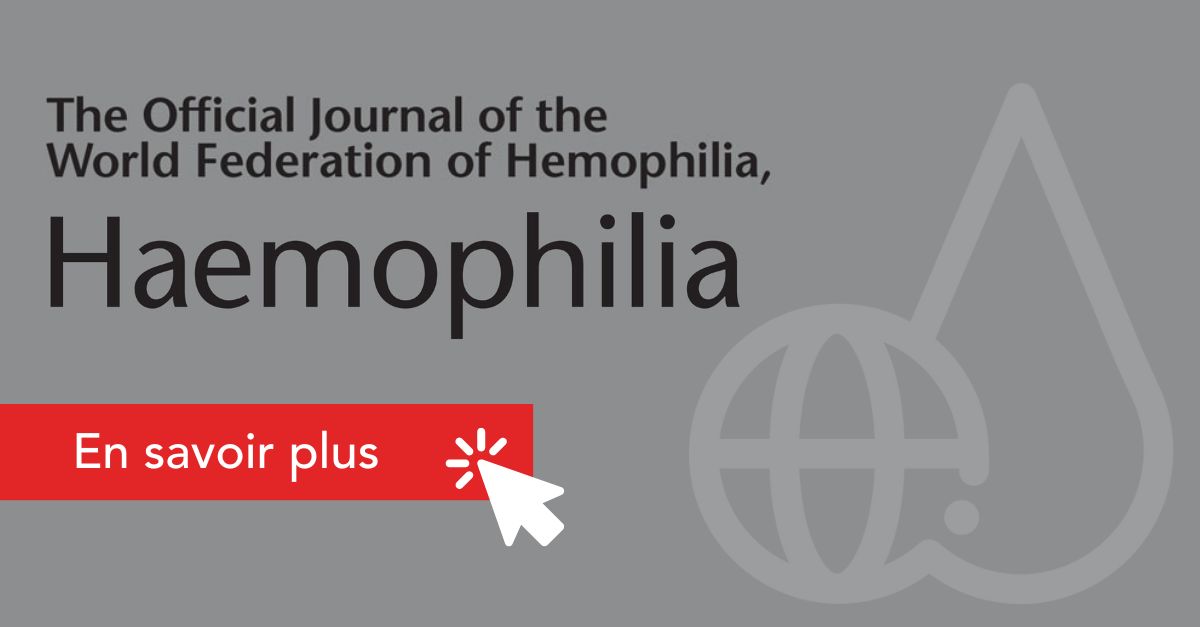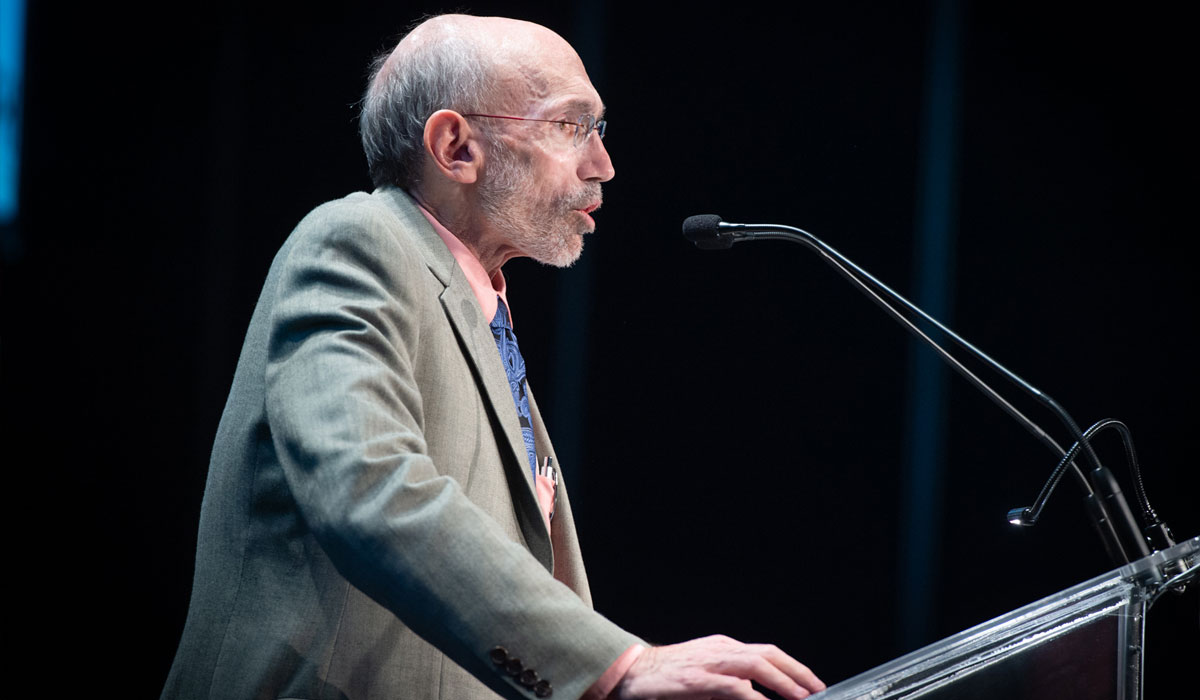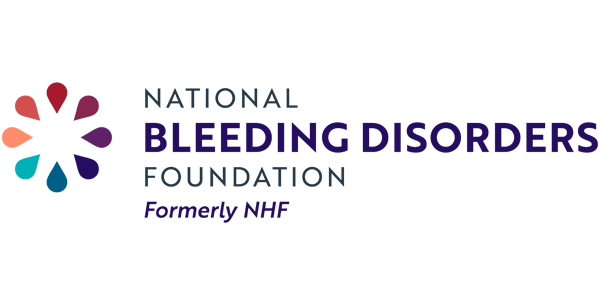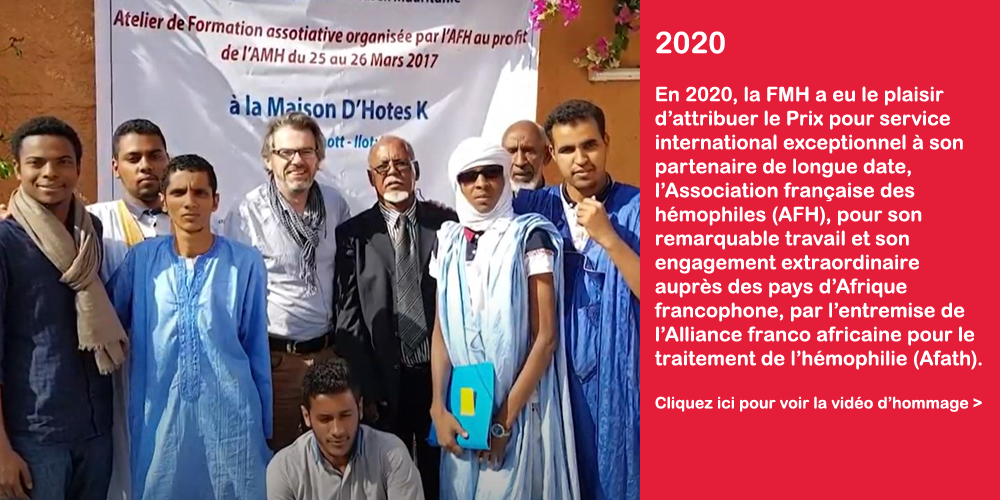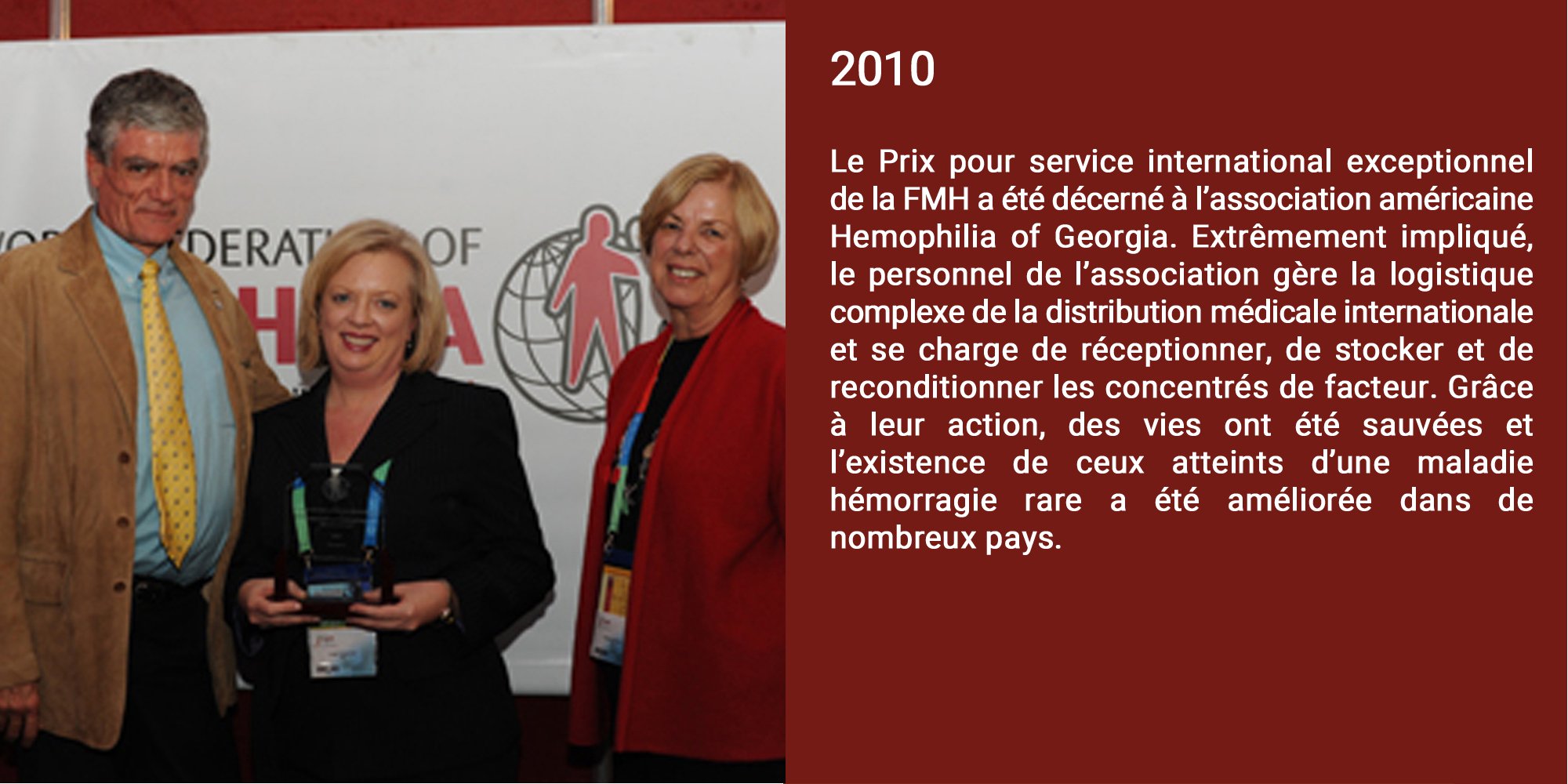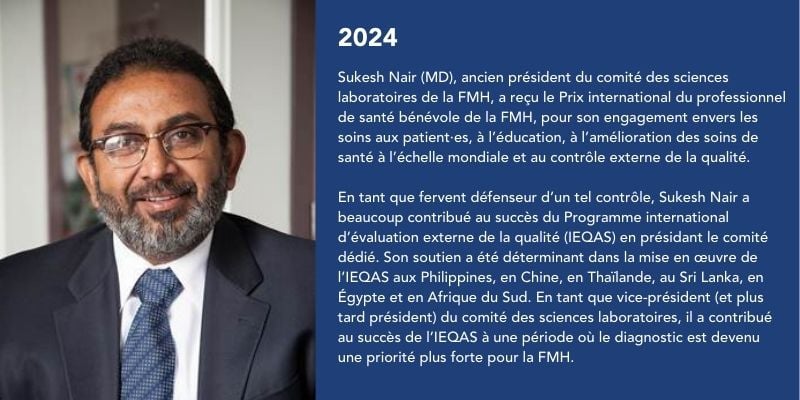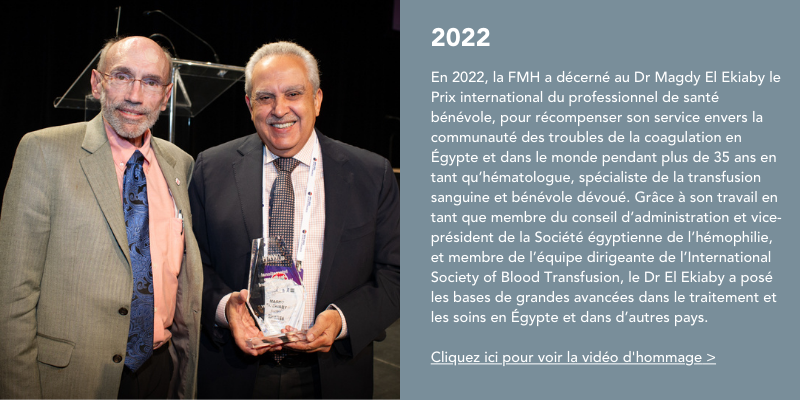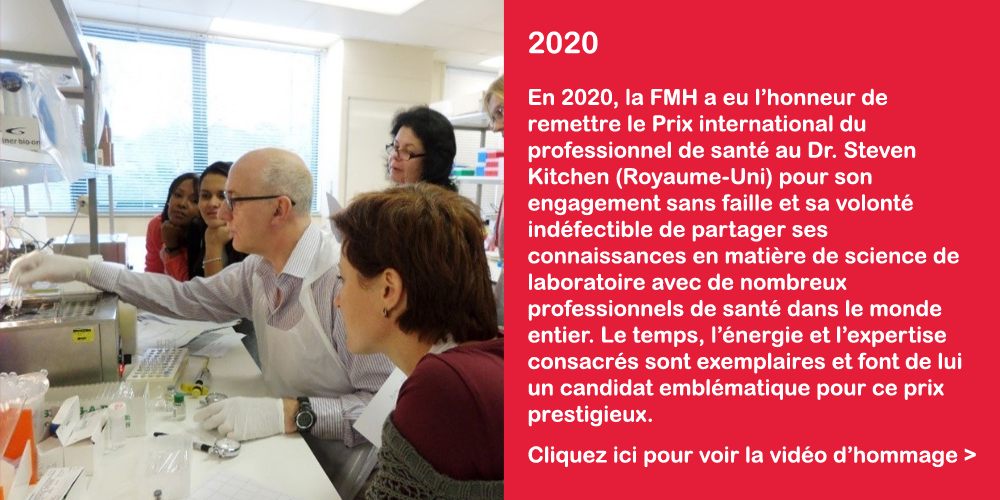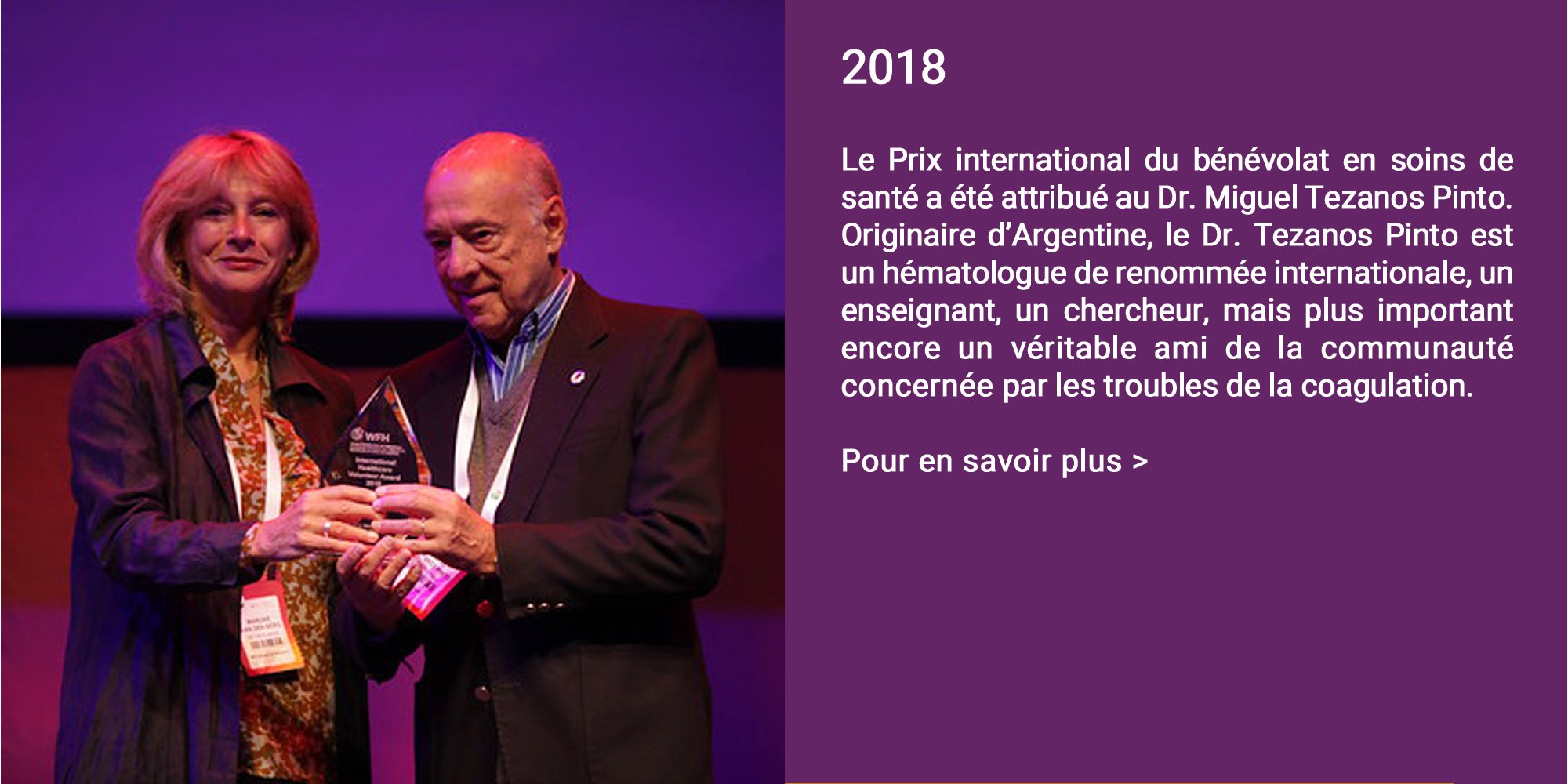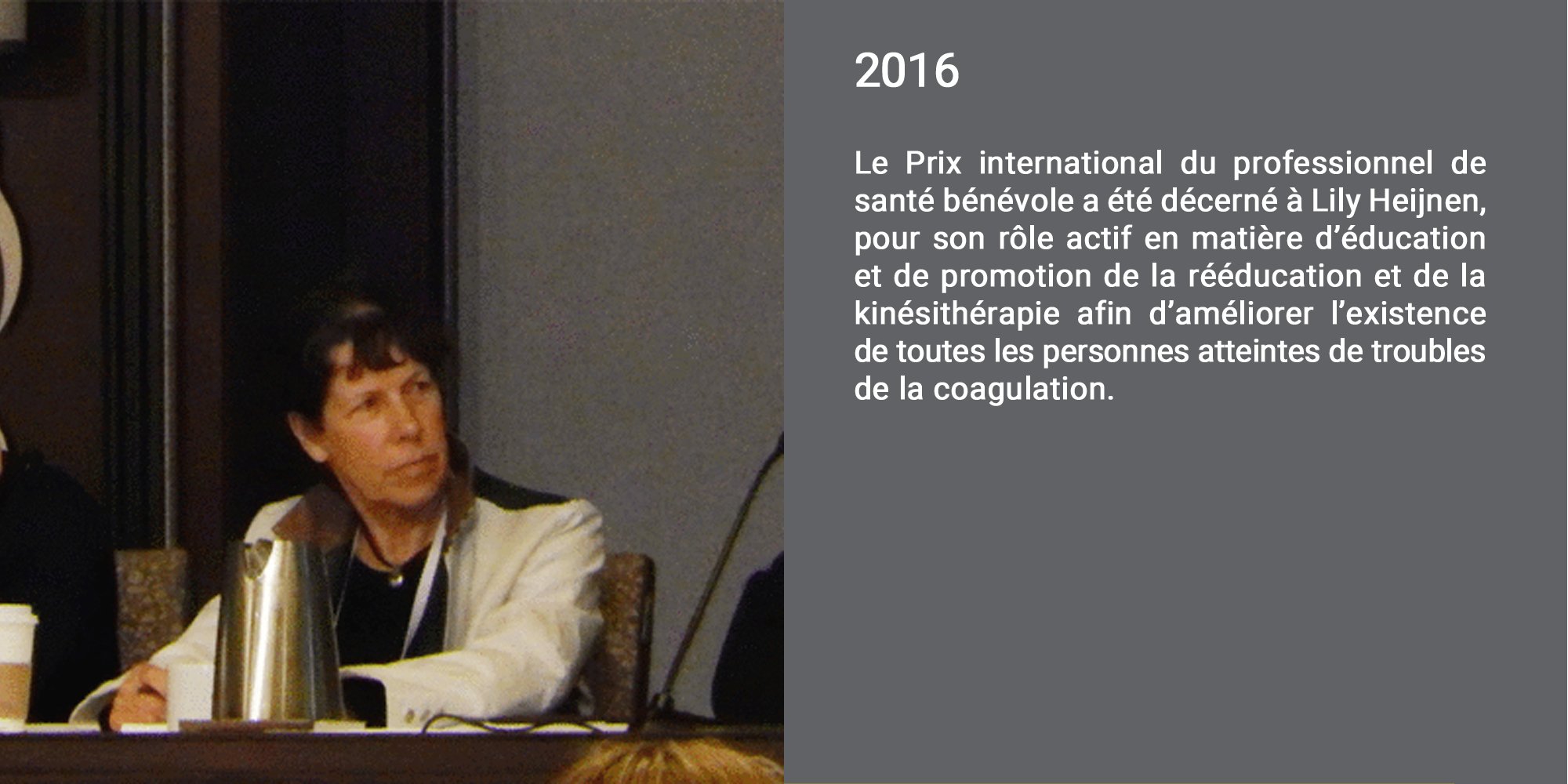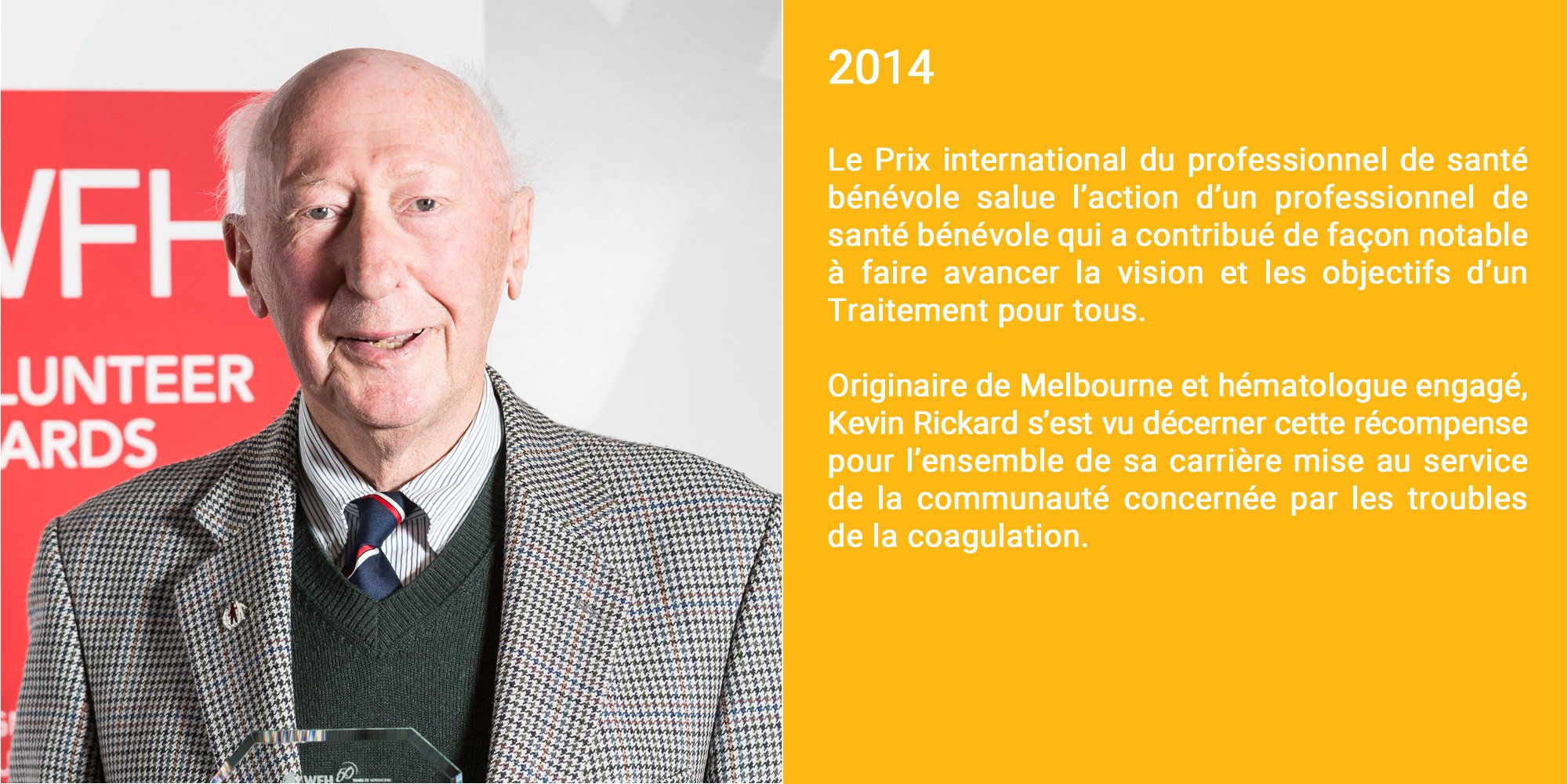Pierce began his presentation by showing a slide which indicates that the global disparity in treatment has shown little improvement over time. The Americas and Europe account for 31% of the world population but use 78% of the available factor FVIII treatment product. There is evidence that about eight times more factor is needed to bring global use to North American and European levels. This shows, he said, that much would have to change for us to get to Treatment for All using existing technologies.
Furthermore, Treatment for All as per WFH guidelines may not be possible, said Pierce, with existing manufacturing technologies and capacities. Gene therapy promises an optimal “once and done” cure but there are still many issues at play. While hemophilia B may have a first-generation cure, there is less good news for hemophilia A. Molecular therapies still represent the most likely solution to a cure. Importantly, however, solutions for ensuring that most of world can access state of the art treatment are elusive.
“There are cost-effective solutions that can help address the disparity [in care around the world] short of gene therapy. But gene therapy can fully address this disparity because it can get us to curative therapies.”
— Glenn Pierce, MD, PhD, Vice President Medical, WFH
Phase 3 trails show that efficacy has been established for both hemophilia A and B treatments. Also, durability for hemophilia A treatments is likely less than 10 years, while durability for hemophilia is likely established. When compared to hemophilia A, hemophilia B gene therapy appears to offer long term durability of response, and appears to have less toxicity; variability in response is high, but not as much as with hemophilia A. In the context of high- or lower-income countries, the story is more complicated, since high income countries have choice of state-of-the-art therapies, and gene therapy will be one option. Meanwhile, lower income countries will have limited to no choice, and gene therapies offer a different benefit/risk scenario. He also said that when developing a drug, it’s important to attempt to predict the economic level of different countries in even to ten years—when the drug will actually go to market. This is because the economic level of countries is changing fast, and researchers need to ensure that their drug will “fit” in a future world.
Glenn Pierce continued by saying that we need to think about the Phase 3 gene therapy results in context of other treatment options. For example, although extended half-life (EHL) and bispecific antibody products are available through the WFH Humanitarian Aid Program, there remains a huge gap to achieve Treatment for All. An analysis of the risk/benefit of gene therapy depends on the resources available for treatment. He went on to caution that although gene therapy has great benefits, research has been going on for 25 years and all AAV clinical trials to date have failed to achieve FDA approval—with only two exceptions. Despite all of this, however, Pierce said the potential is too great and we can’t give up.
When efficacy is unreliable, and safety issues arise, understanding how a product works is critical. Pierce says this is what is required for current AAVs in clinical trials, but it’s not happening because of the rush to the clinic with clinical trials that are a variation on a theme. Achieving consistency, reliability, durability through understanding AAV biology, he says, will open the door toward Treatment for All.
Pierce said he remains cautiously optimistic about gene therapy. He believes that it will revolutionize medical care by offering cures—not treatments—for all with bleeding disorders. Besides the current research challenges of gene therapy, there are still other hurdles. For example, how do we pay for treatment? Also, we need low burden therapies. There are several possible solutions. These include next generation AAV gene therapy; subcutaneously delivered, low frequency protein therapies; and new technologies, such as gene editing, non-viral delivery, etc.
Glenn Pierce concluded his plenary by saying that curative therapies for hemophilia A and B treatments are in different places. Also, people with von Willebrand disease (VWD), rare bleeding disorders (RBD), children, and women and girls with bleeding disorders (WGBD) are still only at the very early stages of care and research progress. Our collective futures, he said, depend on further success of next generation medicines, most likely genetic (DNA, RNA)-based and curative.

